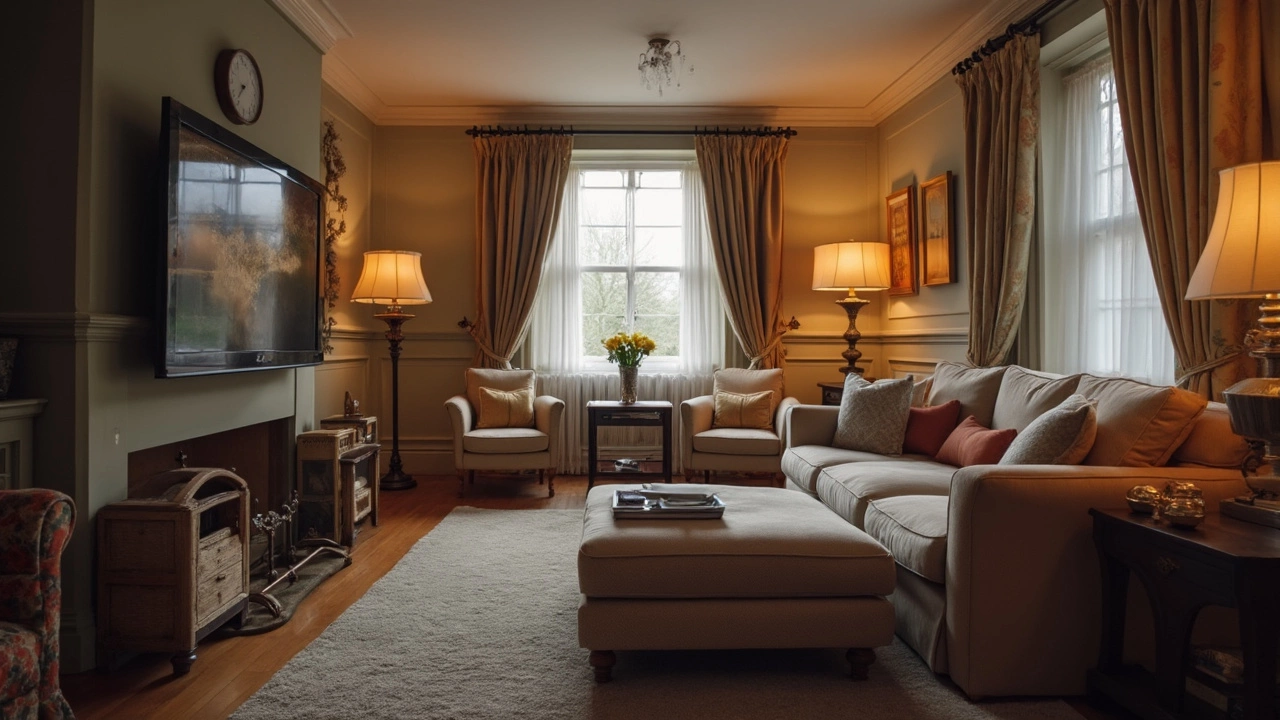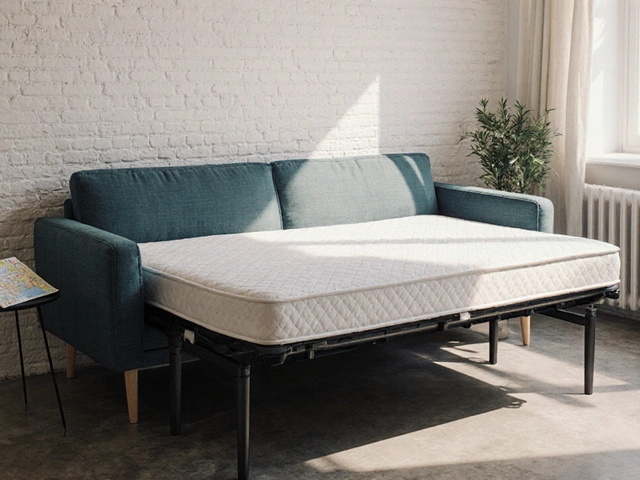Seating Distance: How Far Should You Sit for the Best Viewing Experience?
Getting the right distance between you and your screen or furniture makes a room feel comfy and reduces eye strain. It’s not magic – just a few easy measurements and you’ll notice a big difference.
Why Distance Matters
When you sit too close to a TV, the picture looks blocky and your eyes work harder. Too far away and you miss detail, especially on a 4K screen. The same idea applies to sofas in a living room – if the seating is too close to a coffee table, you’ll bump into legs, but if it’s too far, the room feels empty.
Quick Rules for Common Rooms
TV and movies: Measure the TV’s diagonal and multiply by 1.5 to 2.5. A 55‑inch TV works best at about 6.5‑9 feet. Bigger screens need a little more space, smaller ones a bit less.
Sofa to TV: Keep the TV at eye level when you’re seated. If you need a wall mount, raise the screen so the middle aligns with your eyes. This prevents neck strain and gives a natural line of sight.
Conversation areas: Arrange chairs and sofas so people can talk without shouting. A spacing of about 4‑6 feet between seats works for most groups and keeps the flow natural.
Dining tables: Leave at least 24 inches between the edge of the table and the wall or chair back. This gives enough room to pull out chairs and move around.
Every room is different, so use these numbers as a starting point and tweak for comfort. Test a seat, watch a show, and see if you feel relaxed. If you’re stretching or squinting, move a few inches and try again.
Remember, the goal is a space that feels balanced, not a strict formula. A quick check of eye level, screen size and a little walk‑around will get you there. Happy seating!



